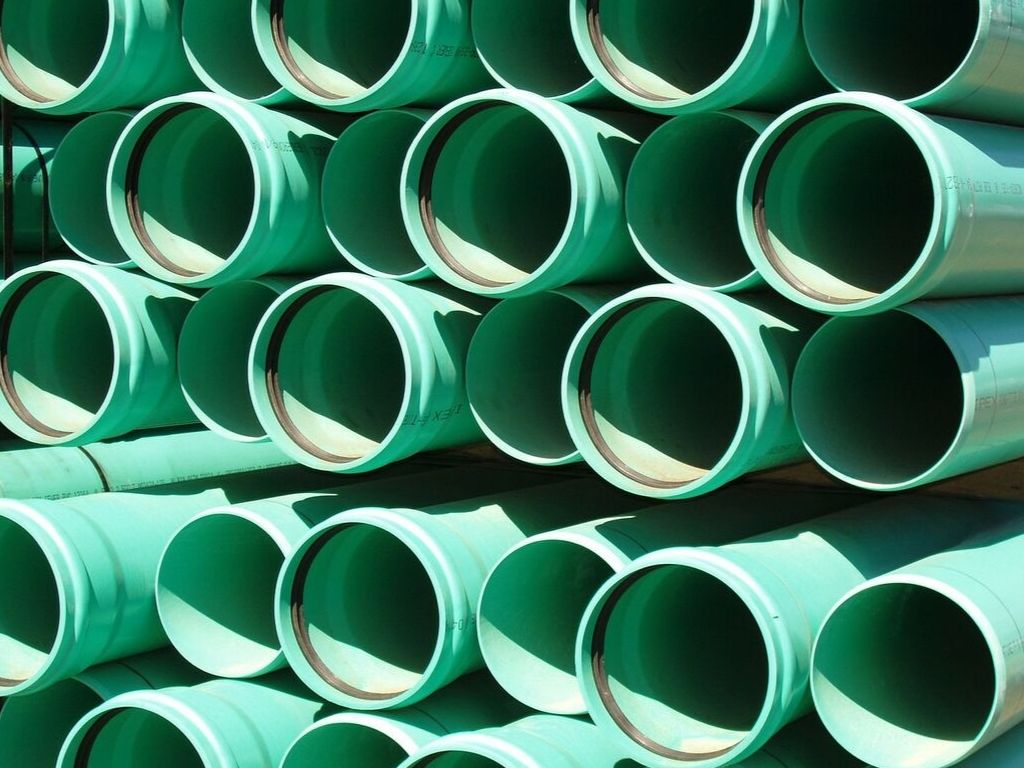Are you currently in the process of buying plastic pipes? Perhaps you need them for a chemical system at a laboratory? Maybe you need them for a fresh drinking water system? Or, perhaps you are purchasing plastic pipes for an agricultural irrigation system? Whatever the reason may be, there are three main considerations you need to take into account in order to ensure you purchase the right pipes for your requirements. There is no denying that plastic is the best solution to go for. After all, it is cost-effective, resistant to rust and corrosion, flexible and environmentally friendly. However, if you truly want to reap maximum benefits, make sure you consider the following three points before you make your purchase…
How thick should the pipes be?
The first thing you need to determine is what size pipes you should go for, i.e. the thickness of the walls. Luckily, this is a factor that should not be too difficult to figure out. You simply need to ask yourself the following two questions in order to come to a decision. Firstly, how frequently will the system be used? Secondly, what is the approximate volume of material that will be passing through the plastic pipes? Evidently, the greater the volume and the more frequently it is used, the thicker the pipes will need to be.
What type of plastic do you need?
You need to determine is what type of plastic is going to be the most suitable for your system, whether it is a home system or pipes connecting to a plastic bunded oil storage tank. A lot of people do not realize that they have so many different options to choose between. Nonetheless, in general, the four main types of plastic you should be looking at are PB, PE, PVC, and CPVC. The first two types of plastic are ideal for those systems that are going to be transporting materials that are of a gaseous or corrosive nature – such as chemical systems. If you are looking to transport water on the other hand, then CPVC plastic is the best option. Lastly, PVC is suitable for systems that have the purpose of venting, removing waste, or drainage. The type of plastic you choose should not only be determined by the material that is passing through it, but also the temperature of it. These two factors are usually closely linked. After all, PE and PB systems are suited to extremely high temperatures, e.g. those that are between 200 and 210 degrees Fahrenheit, which would indicate gaseous or corrosive materials anyway. For temperatures between 150 and 180 degrees Fahrenheit, you should be choosing CPCV plastic. Finally, PBC is ideal for transporting anything between 120 and 150 degree Fahrenheit.
What brand of plastic should you go for?
Last but not least, the final decision you need to make is what brand of plastic pipes you should purchase. Of course a good quality brand is usually linked with good quality products. Therefore, you should do your research to determine what brands of plastic have a good reputation for providing a high level of quality. A few minutes reading reviews that have been left by previous customers certainly comes highly recommended. Nonetheless, this is not the only factor you must take into account when thinking about the brand of the plastic pipes. You also need to select a brand that is suited to the system you are purchasing for. For example, Durapipe pipes are suited to use in industrial, building construction and agriculture markets.
If you take the three questions that have been mentioned into account when you are buying plastic pipes, you should have no issue locating the best ones for you.









No Comments